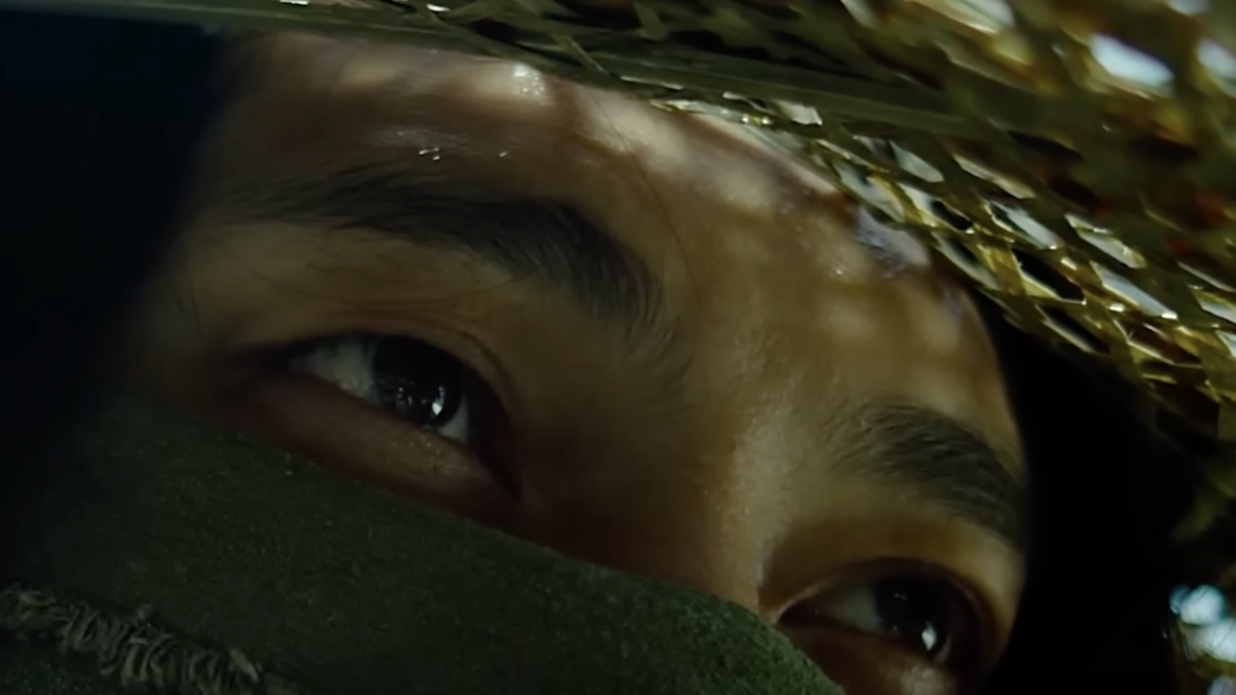
The story of Nie Yinniang 聶隱娘, immortalized in Chinese literature, has fascinated readers for centuries. As one of the most renowned figures in Chinese folklore, she is often seen as a symbol of stealth, martial prowess, and female empowerment in a male-dominated society. Her tale provides insight into the cultural imagination of espionage and assassination in ancient China, particularly through the lens of martial arts and covert operations.
Origins of the Legend
Nie Yinniang’s 聶隱娘 story comes from the Tang Dynasty (618–907 AD), a period known for its flourishing arts and literature. Her tale is found in The Tale of the Curly-Bearded Stranger by Pei Xing 裴鉶, a 9th-century storyteller. In this narrative, Nie Yinniang 聶隱娘 is the daughter of a general who is abducted as a young girl by a Taoist nun and trained in the arts of assassination and stealth. She becomes a lethal killer, with the ability to move silently and strike without detection.
Her name itself, Yinniang 隱娘, contains the character yin 隱, meaning “hidden” or “invisible,” and niang 娘, which refers to “a young woman.” Her name thus signifies her role as a hidden or stealthy figure, embodying the skills of concealment and covert action. The legend places her in the tradition of martial stealth, a field often linked to male operatives in Chinese history but here represented through a female assassin.
Martial Training and Stealth
Nie Yinniang 聶隱娘’s training mirrors many of the themes found in Yinshen shu 隱身術, the ancient Chinese techniques of invisibility and stealth. Her ability to disappear and reappear like a shadow resonates with the concepts of deception and tactical advantage found in Chinese military treatises, such as The Art of War 孫子兵法 by Sunzi 孫子 and The Methods of the Sima 司馬法.
In her legend, Nie Yinniang 聶隱娘 is taught how to conceal her presence and manipulate her surroundings. She uses the shadows to her advantage, mastering the art of moving in silence – an essential skill for assassins and spies. This aligns with the traditions of Chinese martial arts, where stealth is not only about physical concealment but also mental discipline and the ability to mislead or deceive opponents.
Her teacher, the Taoist nun, represents the link between religious asceticism and martial training, suggesting that mastery of stealth involves both physical training and spiritual or psychological control. This blend of religious or mystical elements with martial practice is a recurring theme in Chinese martial traditions.
The Mission and Ethical Dilemmas
One of the most intriguing aspects of Nie Yinniang 聶隱娘’s story is her ethical struggle. After years of training, she is tasked with assassinating corrupt officials. However, she begins to question the morality of her actions, especially when her next target is a former childhood friend. This internal conflict highlights a deeper aspect of Chinese philosophical thought – particularly Confucianism – which places emphasis on loyalty, righteousness, and familial duty.
Nie Yinniang 聶隱娘 ultimately refuses to kill her friend, demonstrating that her martial prowess is tempered by a sense of moral responsibility. This narrative shift adds complexity to her character, transforming her from a mere tool of vengeance into a person capable of independent ethical judgment.
Legacy in Chinese Culture
Though primarily a fictional character, Nie Yinniang 聶隱娘 has left a lasting impression on Chinese culture. Her story has been adapted into various films, the most notable being Hou Hsiao-Hsien’s 侯孝賢 The Assassin (2015), which won the Best Director award at the Cannes Film Festival. In this film, Nie Yinniang 聶隱娘 is portrayed as a highly skilled and conflicted assassin, embodying both the physical and psychological struggles that come with her role.
In Chinese martial arts and military culture, figures like Nie Yinniang 聶隱娘 offer an alternative perspective on the role of women in covert operations. While historical records predominantly focus on male operatives, stories like hers remind us that women, too, were imagined as powerful agents of stealth and espionage.
Conclusion
Nie Yinniang 聶隱娘’s legend serves as a vital piece of Chinese literary and martial history. As a female assassin trained in the ancient arts of stealth and invisibility, she reflects the cultural fascination with secrecy, skill, and moral complexity. Her story invites readers to explore the intersection of gender, power, and martial arts in ancient China, where the line between loyalty and subversion was often as thin as a shadow.
In an era where martial arts were closely tied to warfare and survival, Nie Yinniang 聶隱娘’s tale captures the imagination not only as a narrative of stealth but also as a meditation on ethics and human nature. She remains an iconic figure, reminding us that even in the shadows, the question of right and wrong is never far behind.
Reference
The story of Nie Yinniang 聶隱娘 is found in the collection “傳奇” (Chuanqi, “Tales of the Marvelous”), and specifically in the story “聶隱娘傳” (Nie Yinniang Zhuan, “The Biography of Nie Yinniang”). This work is attributed to 裴鉶 (Pei Xing), a writer from the late Tang Dynasty (9th century).
The original text can be found in:
《太平廣記》 (Taiping Guangji, “Extensive Records of the Taiping Era”), which is a vast compilation of stories from earlier dynasties compiled during the Song Dynasty (978 AD).
Here’s the Chinese reference for Nie Yinniang:
《聶隱娘傳》裴鉶著,出自《太平廣記》卷四百七十七。
This reference can be used to locate the story in traditional Chinese literary compilations.
